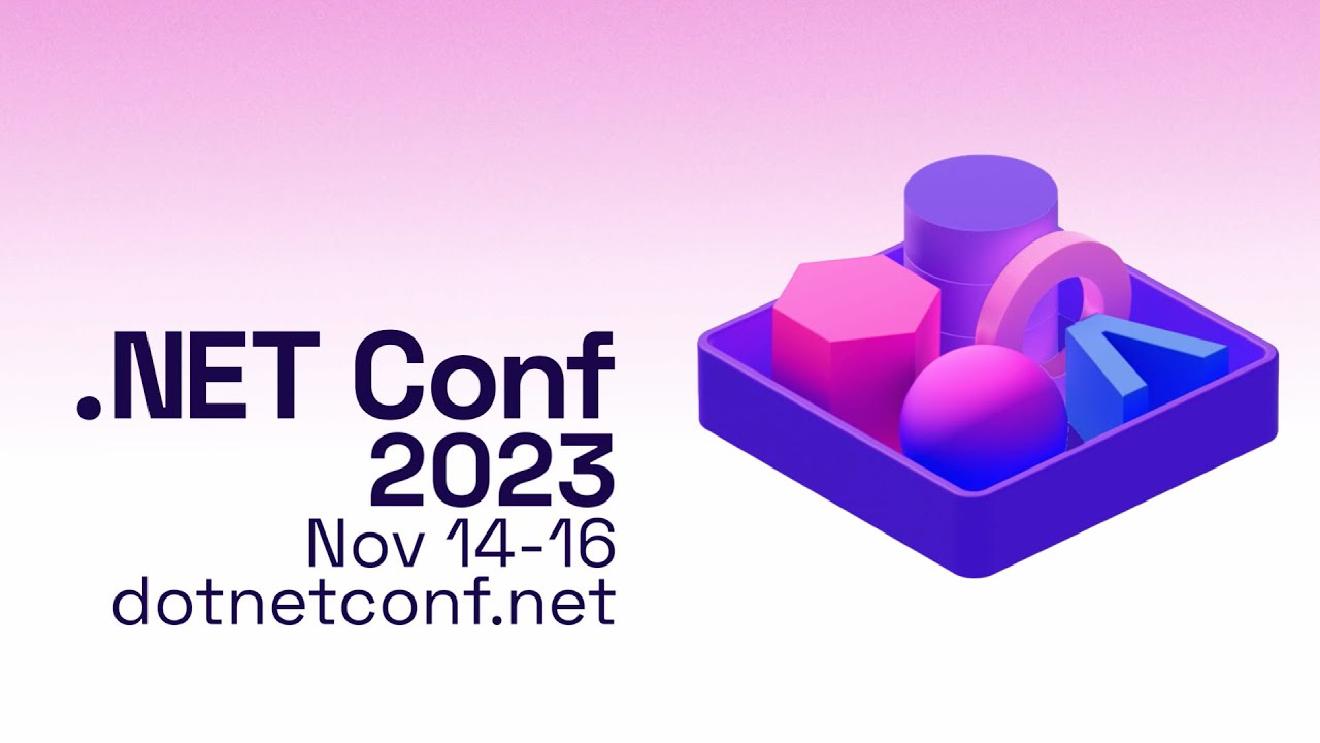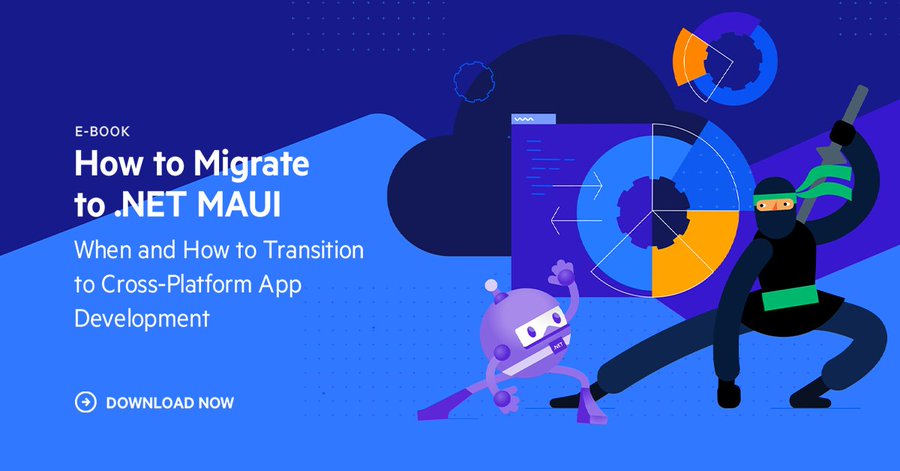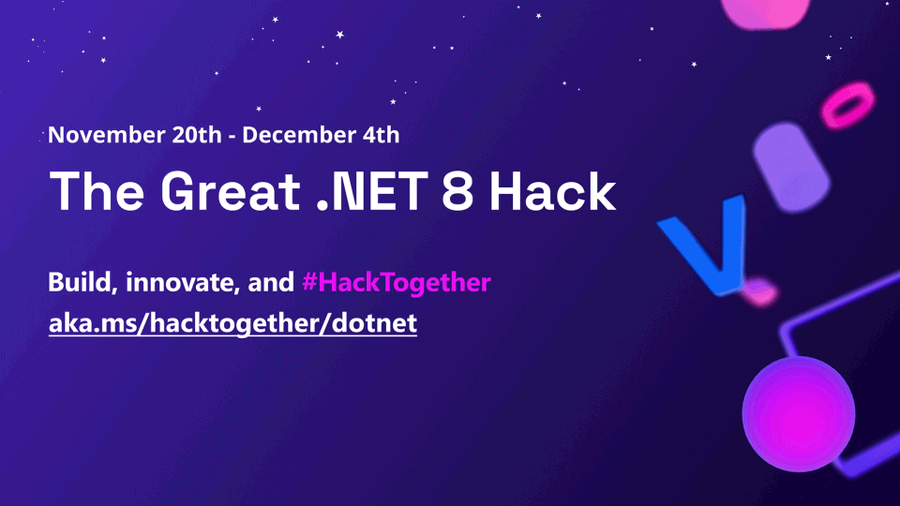Sands of MAUI: Issue #123

Welcome to the Sands of MAUI—newsletter-style issues dedicated to bringing together latest .NET MAUI content relevant to developers.
A particle of sand—tiny and innocuous. But put a lot of sand particles together and we have something big—a force to reckon with. It is the smallest grains of sand that often add up to form massive beaches, dunes and deserts.
Most .NET developers are excited with .NET Multi-platform App UI (.NET MAUI)—the evolution of modern .NET cross-platform developer experience. Going forward, developers will be empowered with the .NET MAUI technology stack and stable tooling to build native cross-platform apps for mobile/desktop from single shared codebase.
While it may take a long flight to reach the sands of MAUI island, developer excitement around .NET MAUI is quite palpable with all the created content. Like the grains of sand, every piece of news/article/documentation/video/tutorial/livestream contributes towards developer knowledge in .NET MAUI and we grow a community/ecosystem willing to learn and help.
Sands of MAUI is a humble attempt to collect all the .NET MAUI awesomeness in one place. Here's what is noteworthy for the week of November 13, 2023:
.NET MAUI @ .NET Conf
The next big milestone for .NET is coming up this week with .NET 8. Like clockwork, developers can expect the latest runtime to be ready for primetime this November, including tons of framework, tooling and performance updates. The annual .NET release also coincides with the biggest .NET developer virtual event of the year—.NET Conf is scheduled for November 14-16.
While there is plenty to learn for all .NET developers, Gerald Versluis compiled a list of super interesting sessions for .NET MAUI developers—the .NET MAUI track for .NET Conf 2023.
In its 13th edition, the always-online .NET Conf would look to create a world-class engaging virtual experience for all attendees—from .NET beginners to seasoned engineers alike. Over the course of three days, .NET Conf provides a wide selection of live/recorded sessions that feature speakers from the .NET team and developer community. With the third day being a 24/7 live stream, everyone can get involved no matter what the time zone.
There is plenty to pique the interest of .NET MAUI developers and Gerald's list covers all the must-watch sessions, from framework updates, performance tuning, welcoming web technologies, design patterns, tooling updates and more. Developers can expect loads of awesome content around all things .NET, including .NET MAUI, Blazor, AI, containers, cloud native and platform updates—.NET Conf promises to be a good time as always, with an eye out for what the future looks like for .NET.

Migration to .NET MAUI
.NET MAUI is the evolution of modern .NET cross-platform development stack, allowing developers to reach mobile and desktop form factors from single shared codebase. The present reality for many apps, however, may be Xamarin or desktop apps running on older .NET runtimes—a modernization strategy is needed to push things forward.
There are obviously many considerations, and Rossitza Fakalieva has produced a comprehensive eBook—migration to .NET MAUI.
For folks maintaining apps written with Xamarin.Forms, May 2024 is when official support stops—now would be a great time to start the migration to .NET MAUI. Rossi starts off with some of the key considerations as developers plot the migration to .NET MAUI—understanding how app dependencies and architectures move forward to modern .NET runtimes will be important.
Rossi provides plenty of tips on the journey from Xamarin to .NET MAUI world, including showcasing migration of a real-world Xamarin ERP app to .NET MAUI. For folks maintaining WPF desktop apps, Rossi has pointers on how to decide between native .NET MAUI or Blazor Hybrid solutions. All in all, a great eBook on all things migration to modern .NET MAUI.

.NET 8 Hack
.NET 8 is the newest release of the popular open source and cross-platform development platform that powers millions of apps across the web, mobile, desktop, gaming, IoT and more. Developers can take advantage of latest framework updates, expressive programming languages, mature tooling and rich ecosystems—it's a good time to be a .NET developer.
There is a great opportunity for folks wanting to unleash their creativity with .NET 8 and Aaron Powell wrote up the announcement—say hello to the great .NET 8 Hack.
The great .NET 8 Hack will be a virtual hackathon to learn how to build cloud native apps, AI apps or .NET MAUI apps with the latest version of .NET. The great .NET 8 Hack will run online from November 20 to December 4, 2023. Developers will have two weeks to build modern .NET apps. Beginners or seasoned developers can all compete to build .NET 8 apps based on one of three themes: cloud native apps, AI apps or .NET MAUI apps. Folks can participate themselves or as a team with your friends/colleagues—there are digital badges for all, and some cool cash prizes to be won. Let's get hacking.

HyperLinks in .NET MAUI
Mobile devices, tablets and computers serve as portals to the world’s happenings via the apps folks use daily. These apps present information through a structured blend of texts, images, hyperlinks and other elements, facilitating effortless access to content. Hyperlinks especially enhance user engagement by providing gateways for in-depth exploration, but they can be tricky to render right with native UI.
Leomaris Reyes can help going from text to action and wrote up an article—creating hyperlinks in .NET MAUI.
Leomaris starts with the basics, creating a HyperlinkLabel class and adding the all-important URL as BindableProperty. With the class defined, Leomaris fleshes out the constructor, defining the visual traits characteristic of a hyperlink with TextDecorations/TextColor properties.
Finally, integration with the TapGestureRecognizer facilitates opening of the URL upon tapping the text—a fully functional hyperlink component control is now ready to be used in driving UI. In just a few steps, Leomaris showcases how to create a custom hyperlink control and techniques that can be extended for other UI—kudos for developer inspiration.

Navigation in .NET MAUI
.NET MAUI apps are native apps that run seamlessly on mobile and desktop form factors, powered from a single shared codebase. While UI/business logic is shared, the user experience should not be the same between vastly different mobile and desktop platforms—content organization and navigation can be key factors to differentiate.
Telerik UI for .NET MAUI can try to help with top-level single-page navigation for mobile/desktop form factors—say hello to the new Telerik .NET MAUI NavigationView UI component.
Telerik UI for .NET MAUI can help .NET MAUI developers be more productive—professionally engineered UI components shine with consistent rendering, fine-tuned performance and dependability with documentation/support. The Telerik .NET MAUI NavigationView UI component makes navigation between different sections of the app a breeze, while saving screen space and reserving most of the space for app content. Key UI features include various display modes, navigation header, navigation pane, display position options, animations and hierarchy.
With seamless space-aware rendering across mobile or desktop, the Telerik .NET MAUI NavigationView UI component is here to light up wonderful navigation experiences across platforms for .NET MAUI apps. Developer flexibility for the win.

That's it for now.
We'll see you next week with more awesome content relevant to .NET MAUI.
Cheers, developers!

Sam Basu
Sam Basu is a technologist, author, speaker, Microsoft MVP and gadget lover. With a long developer background, he also worked as a Developer Advocacy Manager for advocating modern web/mobile/cloud development platforms on Microsoft/Telerik/Kendo UI technology stacks. His spare times call for travel, fast cars, cricket and culinary adventures with the family.

